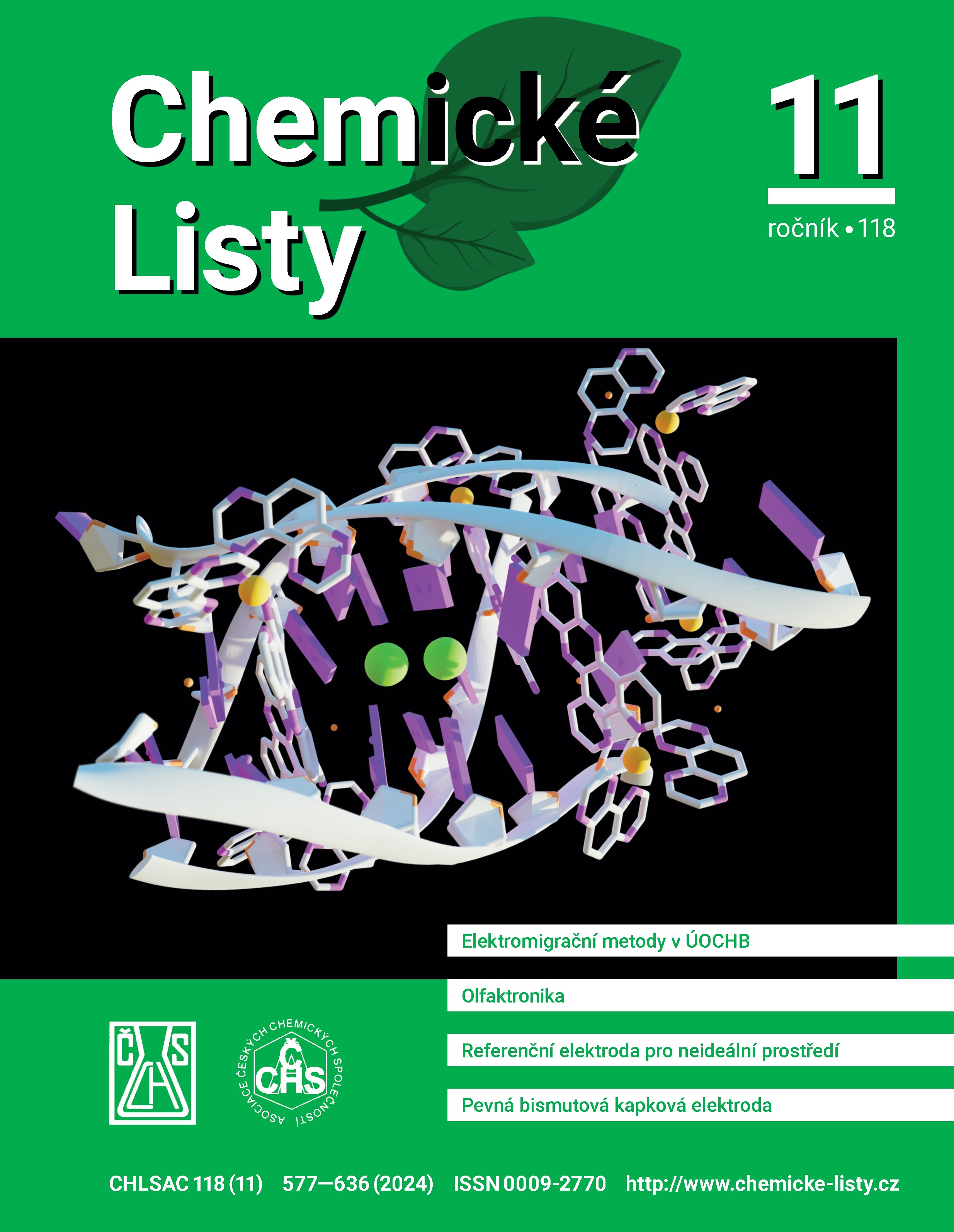New Opportunities for Theranostics Research in Stroke
The publication is dedicated to the 100ᵗʰ anniversary of the founding of the Department of Analytical Chemistry, Faculty of Science, Charles University in Prague
DOI:
https://doi.org/10.54779/chl20240625Keywords:
stroke, theranostic, laser ablation, nanoparticlesAbstract
Stroke, myocardial infarction, and pulmonary embolism represent a significant health burden for modern society, with their primary causes being blood clots and damage to the endothelial lining of blood vessels. Accurate and rapid diagnosis of these clots, particularly determining their age, is crucial for optimal treatment selection, such as thrombolysis (pharmacological dissolution of the clot) or thrombectomy (mechanical removal of the clot). However, existing diagnostic methods do not achieve the required levels of accuracy and efficiency. This article explores the potential of iodinated nanoparticles (IoNPs) based on polyiodinated biodegradable polymers, which can selectively target specific components such as fibrin, thereby enabling visualization of blood clots using X-ray imaging techniques like computed tomography (CT) or fluoroscopy. The nanoparticles have the capability not only to visualize clots but also to estimate their age, which could significantly support a modern theranostic approach that combines diagnosis and therapy. The article also demonstrates the possibilities of testing the pharmacokinetics of these theranostics using a model organism (rat), employing the method of laser ablation inductively coupled plasma mass spectrometry (LA-ICP-MS). This approach contributes to a better understanding of the biodegradability of potential therapeutics and represents a key step in preclinical evaluation.





